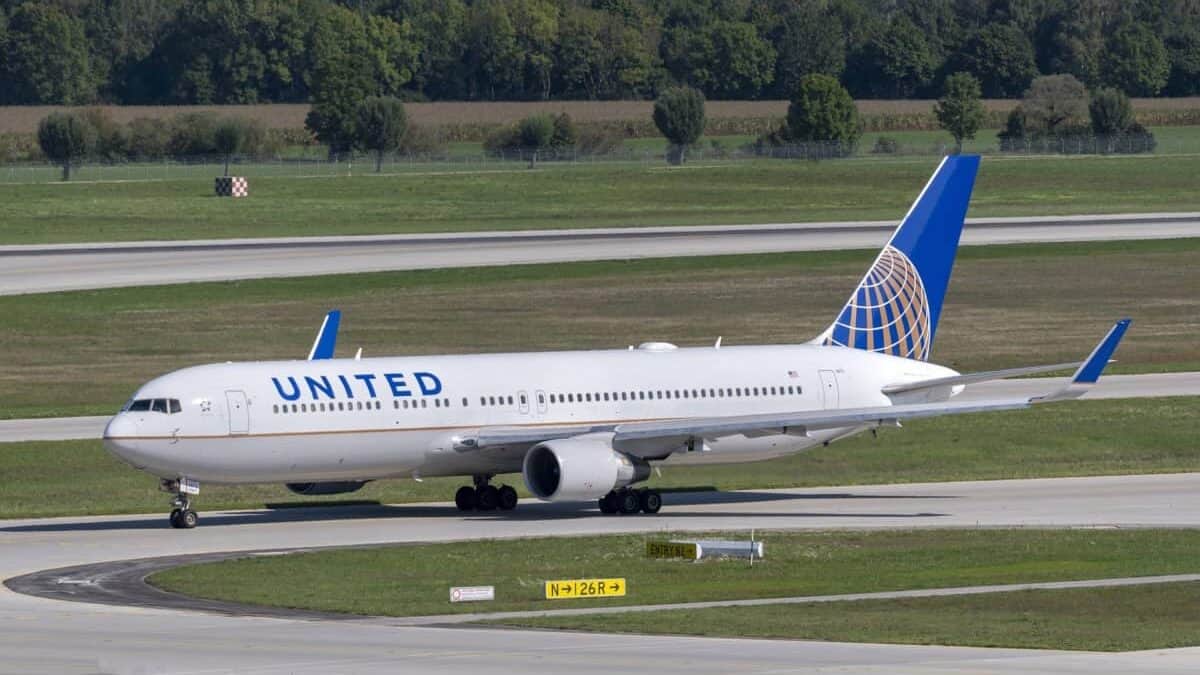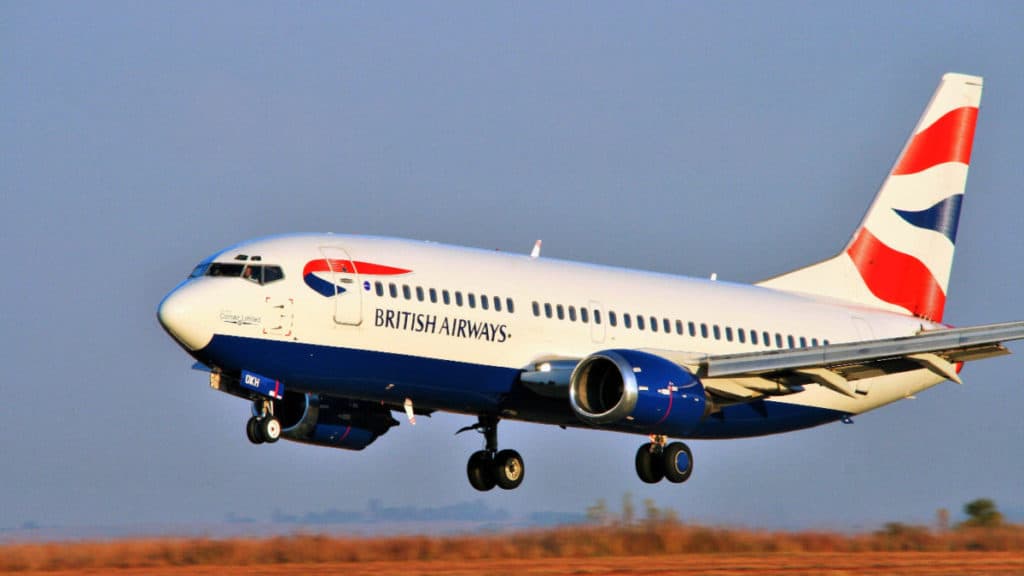
It has become the norm for aircraft manufacturers to design planes with engines below their wings. This is especially true with large passenger planes and is commonly seen on Boeing and Airbus planes. Is this engine placement just conventional or are there specific reasons for this?
Airplanes with large, heavy engines are mounted under the wing to keep the main weight of the engines below the airplane’s center of gravity. This helps with control stability and when thrust is applied by the pilots, underwing-mounted engines will help pitch the aircraft nose up during takeoffs & climbs.
When designing a new airplane designers have to spend large amounts of time when considering engine placement on the aircraft. To find the most efficient position to place the engines, engineers have to consider many aspects, among them being:
- Position of the Center of Gravity of the Airplane
- Ground Clearance
- Landing Gear Length
- Accessibility
- Sound Damping
- Wing Bending Relief
- Flutter Damping
If you wish to gain more knowledge in how these things are pondered by the design engineers when deciding on mounting location then please read on…
How Does the Engine Placement Affect an Airplane’s Center of Gravity?
On most airplanes, the Center of Gravity (CG) is located just in front of the Center of Lift (CL) of the plane. The center of lift is where all the lift forces produced by the wings act on the plane. This is usually mid-wing and along the fuselage of the plane. Mounting engines under the wing keeps the CG forward.
The CG is designed in front of the CL so that in case the plane gets into a stall, the plane will naturally tend to assume a nose-down position and restore airflow over the wings and help recover from the stalled condition.
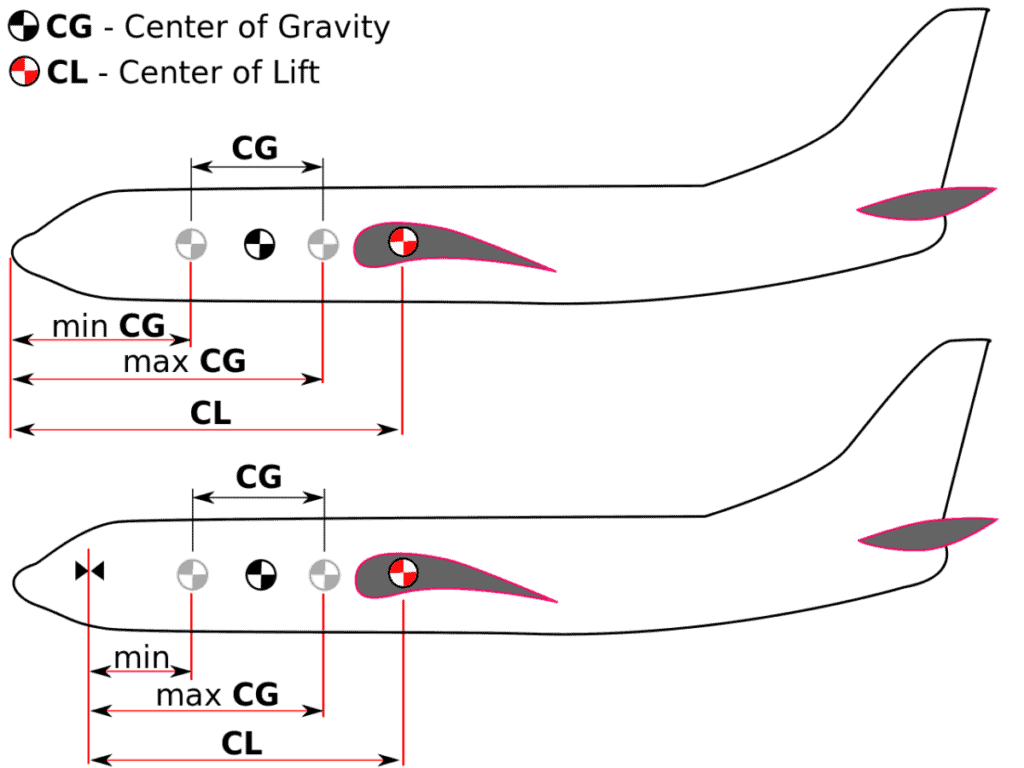
To keep the CG towards the front of the aircraft, mounting the engines around the center of lift, ie the wings, is the best design case.
Placing engines at the tail position shifts the position of the CG backward from the center of lift, giving it a nose-up attitude in case of a stall. This is especially the case with larger, heavy engines that power today’s modern airliners.
Not only would the weight of the engines themselves dramatically shift the CG rearwards but also the weight of the structure needed to support them. It is for this reason alone that designers of commercial airliners do not mount engines at the rear of large commercial airplanes.
On smaller commuter jets and private/corporate airplanes, the weight of the engines themselves is considerably less allowing for much less supporting structure weight. To help offset this design it necessitates redesigning the plane to make the portion of the fuselage in front of the wings longer than the back portion. This restores the position of the CG in front of the center of lift.
Engine Weight Examples:
Airbus A350 Engine = Rolls Royce XWB-84 = 16,045lbs/7,277Kg each
MD-80 Engine = Rolls Royce BR-715 = 4,595lbs/2,085Kg each
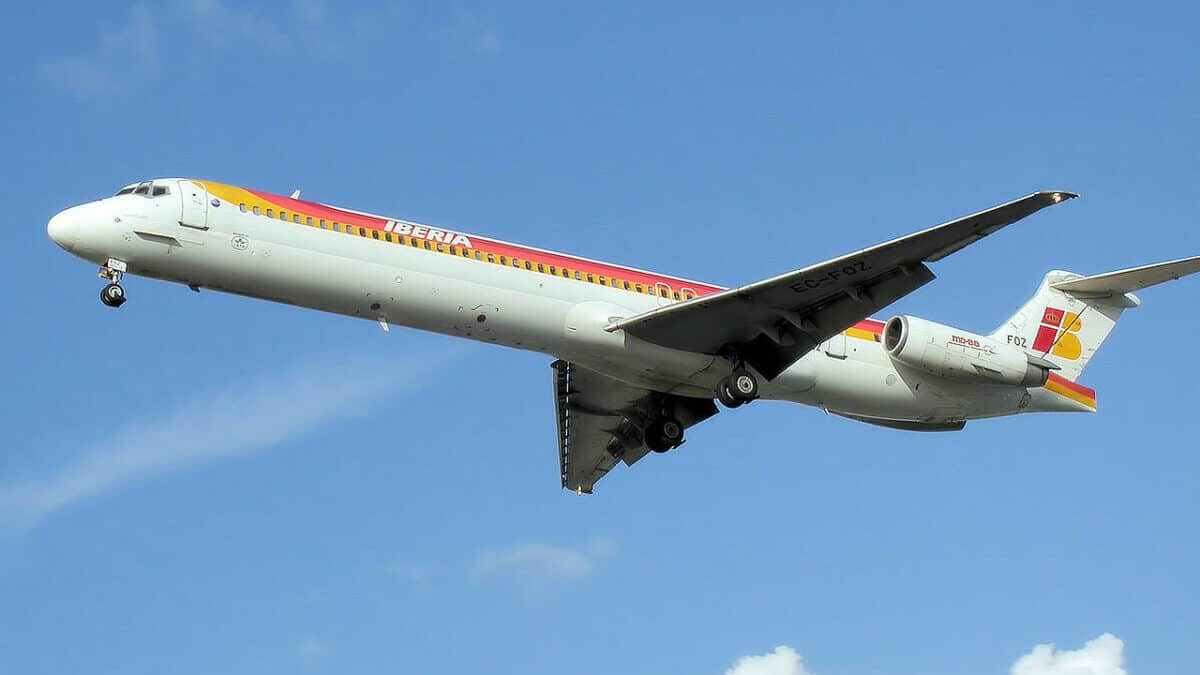
This type of design can be seen in the older MD-80. This rearward CG makes it harder to control the pitch of a plane as it makes the elevator less effective hence why rear-mounted engines are now generally confined to small jet designs.
Learn More…
Try These Articles:
* Boeing 737-Max Lawsuits: All You Need to Know!
* Why Are Airplane Engines So Expensive?
How Do Engines Above the Wing Affect Center of Gravity?
When engines are mounted below the wing, they are usually below the center of gravity. This means that when full thrust is applied by the pilots, the plane will naturally pitch upwards by rotating around the center of gravity. This is usually the intended attitude when the pilot applies maximum thrust, for example during takeoffs or climbs.
Placing the engines above the wing usually has the opposite effect. The engines are above the CG and therefore produce a pitch-down rotational force when thrust is applied.
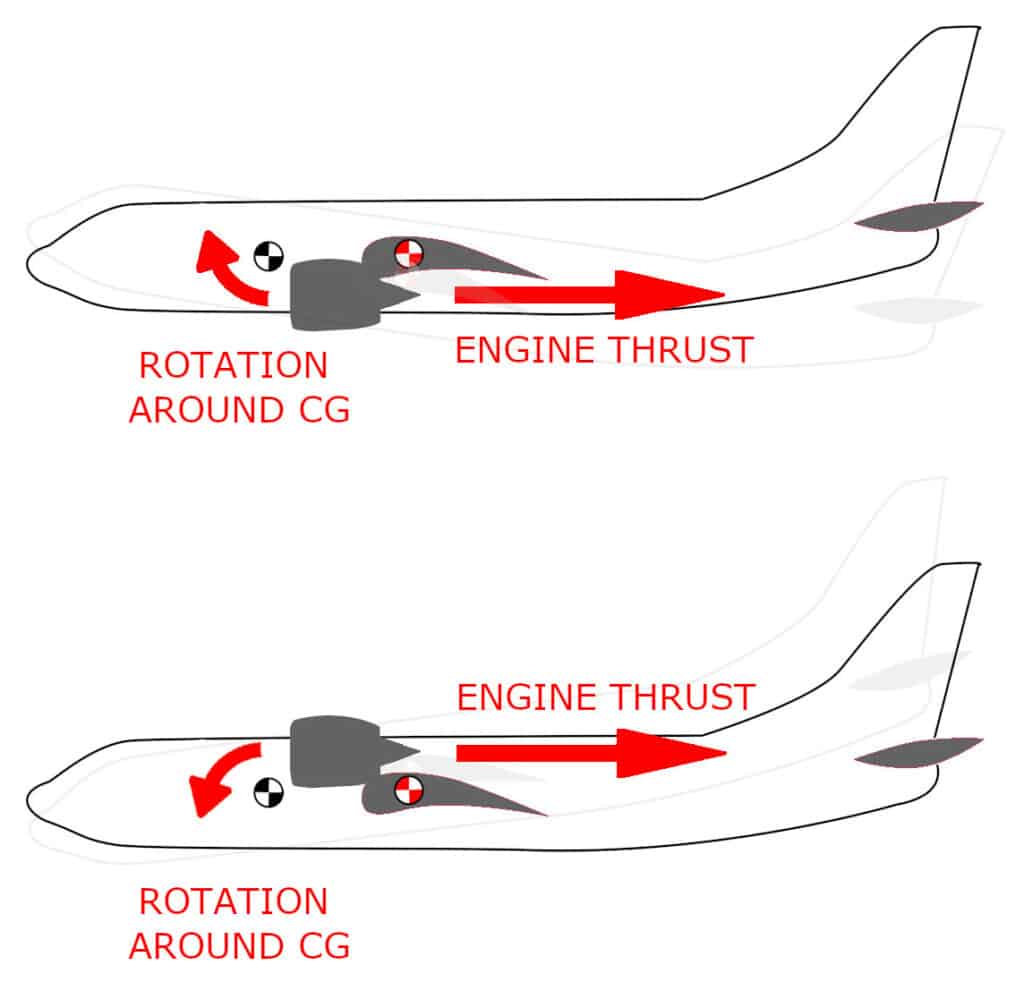
In addition to the rotational force created by the thrust is also the static stability of the airplane. When engines are mounted above the center of gravity it places a heavy mass up high making the aircraft ‘Top Heavy’
Like a ship, when most of the weight is below its center of gravity it increases stability, when placed above the center of gravity it makes the vessel or in this case, the airplane want to move away from its point of balance and rollover.
When the engines are mounted below the wing and the center of gravity they act like a pendulum and increase the static stability of the airplane.
For Example:
The Boeing 777 uses General Electric GE90 engines. Each engine weighs 18,260lbs. Placing over 36,000lbs above the aircraft’s CG dramatically alters the aircraft’s stability requiring bigger elevators and ailerons to manage the momentum and dynamic forces created by the top heavy engines.

Join My Newsletter & Get Great Tips, Information and Experiences To Help You Become a Superb Pilot!
How Does Aircraft Engine Placement Affect Accessibility?
With engines mounted under a wing, it allows easy access for maintenance engineers to take quick looks at potential problems during turnarounds. Most commercial airline engines can be completely accessed by step ladders making quick inspections and diagnosis possible without affecting the schedule.
Another major bonus to having engines under the wing is it allows for easy inspection by pilots while completing the pre-flight walk-around. Pilots are able to see in both the front and rear of the engine whereas, engines mounted high on the rear of the fuselage or on top of the wing make it difficult to complete a full visual inspection.
Engines on top of the wings need specialized equipment such as access gantries/platforms or personnel lifts to allow engineers to inspect and maintain them. Working with engines mounted above the wing could also be dangerous since simple mistakes such as dropping equipment like wrenches can damage the wing skin leading to lengthy and costly repairs.
How Does Aircraft Engine Placement Affect Wing Flutter?
Wing flutter is the flapping of the wing caused by vibrations. As the plane lifts into the air the weight of the fuselage pulls down on the inboard sections of the wings, while the lift is pulling up on the wing tips. As the airplane flies through certain airspeeds or encounters with turbulence allow harmonic vibrations to develop.
When mounting the engines under the wing it helps to control how much the wing bends upwards due to the engine’s weight but also helps to dampen the vibrations within the wing similar to how a piano hammer stops a string from vibrating and making noise.
With engines mounted above the wing, the dampening effect would be far less leading to wing designs that would require extensive engineering to control and dampen the vibrations leading to wing flutter.
Learn More…
Try These Articles:
* What are Airplane Wingtip Vortices?
* What are the Parts of an Airplane Wing?

